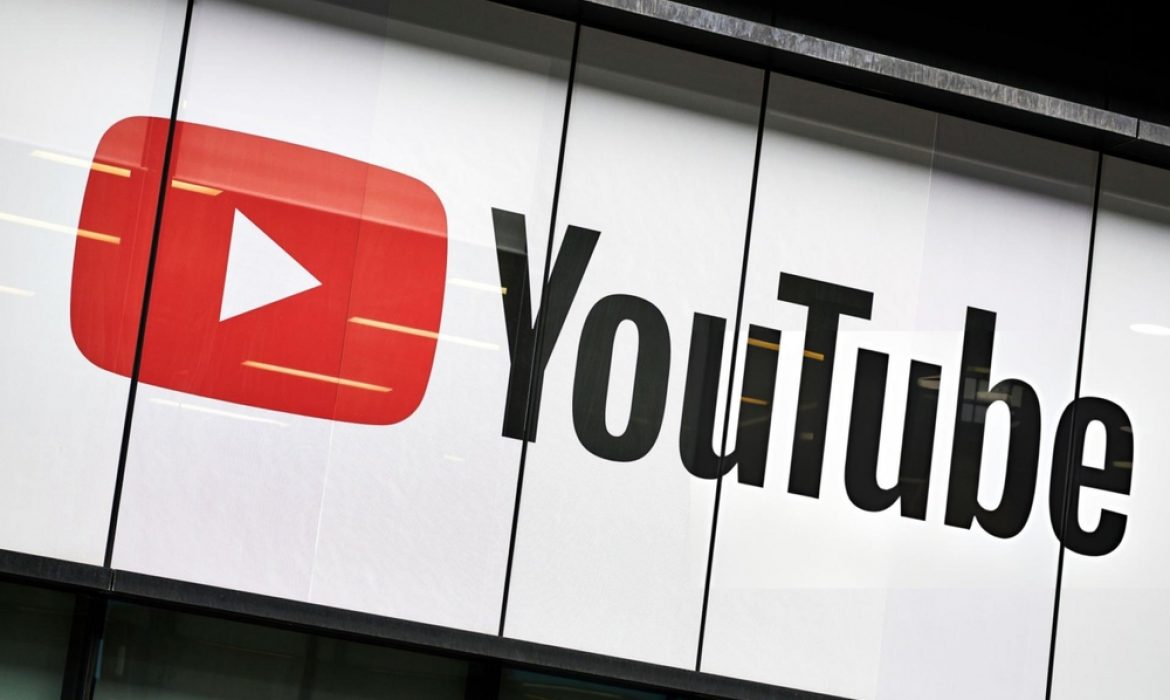YouTube will soon ask iOS users to opt into more personalized advertising. This change, expected to roll out imminently, follows Apple’s iOS 14.5 requirement for apps to explicitly request user consent for tracking activities across other apps and websites.
The New Prompt Explained
Upon opening the YouTube app on an iPhone or iPad, users will encounter a prompt: “Allow YouTube to track your activity across other companies’ apps and websites?” Users will have two choices:
- Allow: Opting in will enable YouTube to link app activity with non-Google apps and websites to deliver personalized ads and more accurate ad measurements. This choice is intended to enhance the relevance of the ads shown to the user and is applicable to all YouTube app users on the device.
- Ask App Not to Track: Declining will result in ads that are less personalized, potentially less relevant, and more repetitive, as YouTube won’t use cross-app and cross-website data to tailor advertising.
YouTube Premium subscribers and accounts designated for children will not see this prompt.
Implications for Users and Creators
Choosing to “Allow” tracking is framed by YouTube as a way to receive a “high-quality, helpful ads experience.” According to a YouTube spokesperson, this could mean advertisements that better reflect user interests, thanks to improved ad measurement techniques. YouTube emphasizes that allowing tracking could ultimately benefit content creators by providing better metrics to advertisers, potentially leading to more lucrative ad campaigns on the platform.
For users opting out, YouTube will rely solely on first-party Google data, resulting in a more generic ad experience. The ATT prompt does not affect YouTube’s ability to show personalized ads using data from other Google apps and websites, assuming the user has consented to personalized ads within their Google account settings.
How to Manage Your Preferences
iOS users can manage their tracking preferences by navigating to Settings > Privacy & Security > Tracking on their device. This setting is specific to YouTube’s integration with third-party apps and websites and does not impact Google’s own apps and services.
Impact on YouTube’s Ad Strategy
This move comes as YouTube adjusts its advertising strategy to comply with evolving privacy regulations while still aiming to deliver effective ad solutions. By incorporating Apple’s ATT framework, YouTube aims to balance user privacy with the needs of advertisers and content creators on its platform.
For further details, refer to the original report by 9to5Google here.


